Ground-based instruments are vital in understanding of remote sensing observations from space; on ground, observations can be made in controlled conditions, and the observations can be linked directly with geophysical variables on the surface, without e.g. interference from the atmosphere.
FMI has a long-standing program for ground-based remote sensing at the Sodankylä Arctic Space Centre. The FMI program aims at continuous (hourly to daily) observations, providing data over several seasons. FMI has operated ground-based optical spectrometers since 2006, providing observations of vegetation and ground at wavelengths relevant for studies on e.g. vegetation optical depth and snow cover. Passive microwave radiometers and several microwave radar systems have been operated since 2009, providing data for studies on snow cover and soil properties.
Past installations at have provided observations from mineral soil and wetland environments, which are typical of the Northern Boreal Forest zone. In the case of microwave instruments, these installations provided observations close to ground level, isolating the dense forest cover typical for the region. As of September 2018, a new 21-m high tower platform provides the capability to observe the forest canopy itself using the full range of instrumentation. The purpose is to collect observational data on the seasonal variation of the forest cover, which in many cases distorts observations when aiming to obtain information on the ground surface (e.g. snow cover properties). On the other hand, many properties of the forest vegetation itself (e.g. vegetation biomass, greening) are of interest. The new tower installation, built as a part of the Integrated Carbon Observation System (ICOS), provides also as extensive array of automated reference measurements ranging from the carbon flux to meteorological data and forest, soil and snow cover properties.
The remote sensing instrumentation includes:
- High frequency, dual polarization radiometers (10.65, 18.7, 21, 37 GHz)
- The ELBARA II microwave radiometer (1.4 GHz; on loan from the European Space Agency)
- Frequency scanning polarimetric radar system (1-10 GHz)
- Spectrometer (500-900nm)
- Cameras
For more information please contact
Head of Group, Dr. Juha Lemmetyinen, juha.lemmetyinen@fmi.fi
Scientist, Dr. Anna Kontu, anna.kontu@fmi.fi

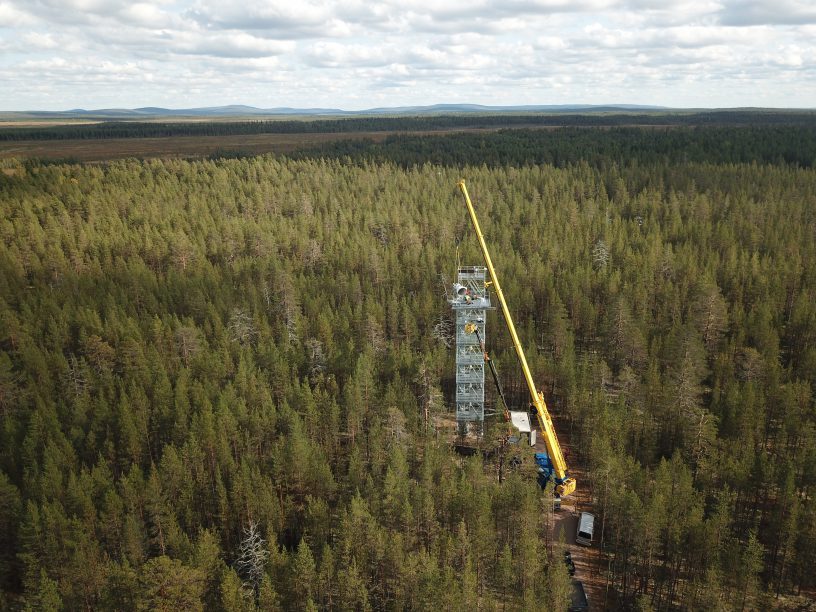

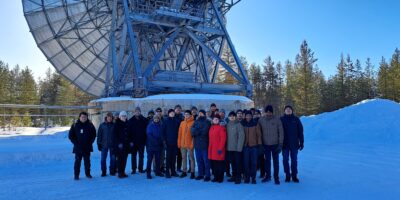
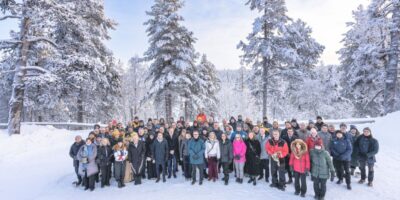

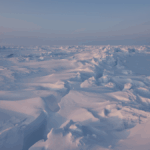
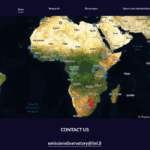
Leave a Reply
You must be logged in to post a comment.